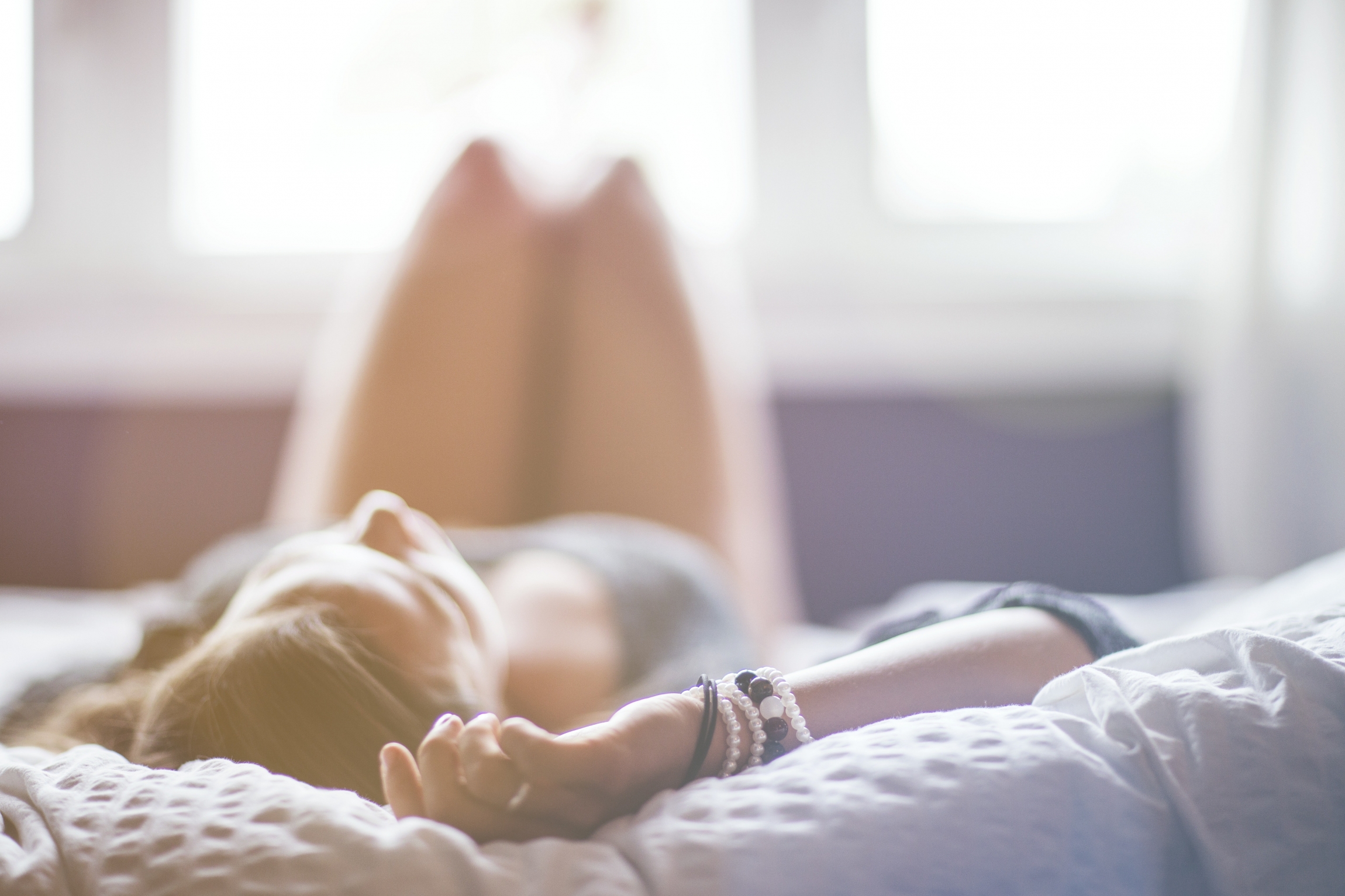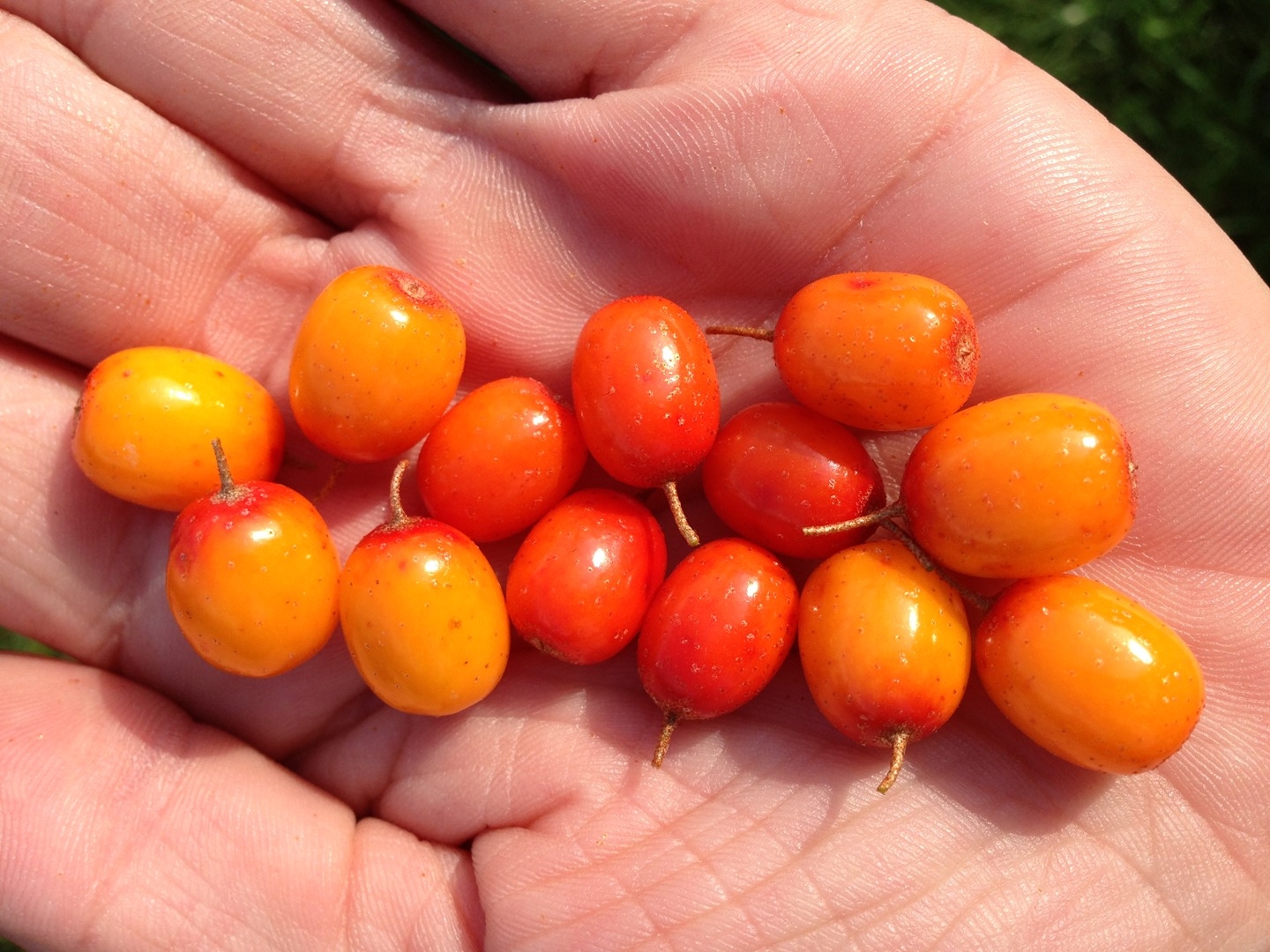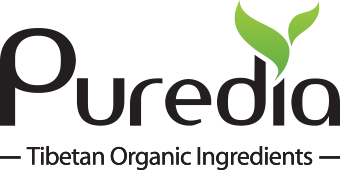

Seaberry (aka Sea Buckthorn, Hippophae Rhamnoides) is a super fruit full of all the Omegas 3, 6, 9 and the rare 7, as well as a host of antioxidants and other healing nutrients. It has been used to heal psoriasis and make skin glow, boost immunity, slow aging, and lower cholesterol, but it also has numerous other qualities that make it a superior source of vitamins and minerals we all need. Read below to learn about the various health benefits of sea buckthorn.
Sea buckthorn has been used in China for more than 12 centuries to heal various disorders and is used in modern times by allopathic and Ayurvedic practitioners alike. Legend has it that even Genghis Khan, the Mongol conqueror, used Sea Buckthorn to propel the fight against his enemies.
The fruit grows primarily high in the Himalayan Mountains (Spiti Valley), which makes it particularly hearty. It is even called "Holy Fruit" among the locals there. It is here, under the conditions of high altitude, exposure to extremely strong ultra violet radiation due to its proximity to the sun, and reflected light from heavy snows, severe cold, scorching heat, and dry, ‘barren’ soil, that this plant becomes a "super" food. It is extremely life-giving and enhances both health and beauty....

Seaberry (aka Sea Buckthorn, Hippophae Rhamnoides) is a super fruit full of all the Omegas 3, 6, 9 and the rare 7, as well as a host of antioxidants and other healing nutrients. It has been used to heal psoriasis and make skin glow, boost immunity, slow aging, and lower cholesterol, but it also has numerous other qualities that make it a superior source of vitamins and minerals we all need. Read below to learn about the various health benefits of sea buckthorn.
Sea buckthorn has been used in China for more than 12 centuries to heal various disorders and is used in modern times by allopathic and Ayurvedic practitioners alike. Legend has it that even Genghis Khan, the Mongol conqueror, used Sea Buckthorn to propel the fight against his enemies.
The fruit grows primarily high in the Himalayan Mountains (Spiti Valley), which makes it particularly hearty. It is even called "Holy Fruit" among the locals there. It is here, under the conditions of high altitude, exposure to extremely strong ultra violet radiation due to its proximity to the sun, and reflected light from heavy snows, severe cold, scorching heat, and dry, ‘barren’ soil, that this plant becomes a "super" food. It is extremely life-giving and enhances both health and beauty.
Health Benefits of Sea Buckthorn
Sea buckthorn has multiple uses due to its protein building amino acids, vitamins B1, B2, K, C, A, E, and folic acid, over 60 antioxidants, at least 20 minerals, and healthy fatty acids. The fruit is full of carotenoids, xanthophylls, phenolics, and flavanoids, too. Its an absolute power house of nutrients!
 |
The leaves, berries and roots can all be used in different forms. It is a complete food that can support the body in all the following ways:
- Treats gastrointestinal disorders including ulcers
- Reverses gout
- Eliminates skin rashes
- Cures infections
- Improves sight, lessens eye soreness
- Promotes colon health
- Contributes to proper brain and nervous system functioning
- Reduces inflammatory response in the body
- Improves mental clarity
- Treats asthmatic symptoms
- Reduces skin markings associated with measles or mumps
- Reduces illness associated with cancer
- Lowers cholesterol
- Boosts lymphatic circulation and immunity
- Reduces hunger (due to Omega 7s)
- Improves the look of skin and hair (also due to Omega 7, 3, 6, and 9s)
- Neutralizes free radicals in the body
- Slows the aging process
- Supports internal organs
- Boost health of the mucous membranes lining the digestive and respiratory tracts
- Supports urogential system
- Reduces the condition of a fatty liver
- Helps to increase cellular vitality
Source:
By Christina Sarich
http://naturalsociety.com/23-health-benefits-of-sea-buckthorn-miracle-berry/


You love your smartphone, but it may be ruining your ZZZ's. Use of these devices, especially near bedtime, is associated with worse quality of sleep, according to a new study.
"When we looked at smartphone use around the time when participants reported they went to bed, more smartphone use around that time in particular was associated with a longer time to fall asleep and worse sleep quality during the night," said Dr. Gregory Marcus, author of the study and an associate professor of medicine at the University of California, San Francisco. His research was published Wednesday in the journal PLOS One.
Tech addiction
The word "crackberry" became popular roughly a decade ago to describe the addictive quality of BlackBerry devices -- arguably the first really successful smartphones. Today, most everyone is a smartphone junkie, standing with head bowed while waiting for a train or in line at the post office....

You love your smartphone, but it may be ruining your ZZZ's. Use of these devices, especially near bedtime, is associated with worse quality of sleep, according to a new study.
"When we looked at smartphone use around the time when participants reported they went to bed, more smartphone use around that time in particular was associated with a longer time to fall asleep and worse sleep quality during the night," said Dr. Gregory Marcus, author of the study and an associate professor of medicine at the University of California, San Francisco. His research was published Wednesday in the journal PLOS One.
Tech addiction
The word "crackberry" became popular roughly a decade ago to describe the addictive quality of BlackBerry devices -- arguably the first really successful smartphones. Today, most everyone is a smartphone junkie, standing with head bowed while waiting for a train or in line at the post office.
 |
Cell phones and screens are keeping your kid awake
Knowing that smartphone use has increased in tandem with sleep deprivation rates, Marcus and his colleagues decided to investigate whether the two might be related. To answer this question, he used existing information collected by an Internet-based study he started in March 2013.
"Health eHeart," which was funded by the National Institutes of Health and endorsed by the American Heart Association, is designed to study cardiovascular health. Anyone 18 years of age or older can enroll in Health eHeart, co-founded by Drs. Mark Pletcher and Jeffrey Olgin, professors at UCSF.
After signing a consent form, enrolled participants self-report their health data via a series of online questionnaires. The information is gathered, analyzed and used to research and develop strategies to prevent and treat all aspects of heart disease.
About 80,000 participants have enrolled in Health eHeart, Marcus said. "We've had people from every state in the US, lots of people from every state, and we actually have people from 50 countries."
Marcus and his co-founders also make the data available to other scientists conducting unrelated studies. For the new smartphone study, Marcus dipped into this wealth of information to conduct his own "sub-study."
Mining the data
Of the total Health eHeart enrollees, 653 people chose to participate in and complete the new smartphone-sleep study. Participants installed an app on their phones to automatically record the total number of minutes in each hour the screen was turned on (total screen time) during a 30-day period.
These participants had already reported their sleep hours and sleep quality using a validated questionnaire as part of the general Health eHeart experience, Marcus explained. So, when answering the sleep assessment questions, participants also entered demographic data plus information about their alcohol use, physical activity, smoking habits and other health issues.
By answering so many questions, participants were unaware of what the researchers were studying, explained Marcus: "We wouldn't expect any bias."
Analyzing the data, the researchers discovered that, on average, participants used their smartphones for a total of 38.4 hours over a 30-day period. Individuals with a longer average screen time were more likely to have poorer sleep quality and less sleep overall: About 35% of those who used their smartphones for shorter amounts of time than average had sleep difficulties, compared with 42% of those with average or greater than average use. And poor quality sleep was more likely for participants who used their smartphones near bedtime.
The researchers discovered that screen-time varies throughout a 24-hour period, but most occurs during the day. Yet for some participants, smartphone use peaked during the night.
"We can't exclude the possibility that some people can't sleep for some completely unrelated reason, and because they can't sleep, they're using their smartphone, just to pass the time," Marcus said.
Despite potential shortcomings, Marcus' research does align with other studies showing that the use of technology near bedtime is associated with difficulty sleeping, such as the 2011 National Sleep Foundation poll. Other research (PDF) has shown that the blue light emitted by smartphones (and other digital devices) might suppress our body's production of melatonin, a hormone that induces tiredness and contributes to the timing of sleep-wake cycles.
"So there's some biological plausibility supporting the idea that there is a causal relationship, but we weren't able to identify that," Marcus noted.
Sleep: A basic need
"It is believed that sleep is a restorative process and a basic biologic need," said Dr. Neil Kline, a sleep physician, internist and representative of the American Sleep Association. "When animals, including humans, are deprived of sleep, there are many body systems that fail. Not only does our performance, memory and attention span suffer, our immune system and endocrine system is also impaired."
According to Kline, who was not involved in the new study, sleep deprivation is associated with metabolic disease and increased appetite. Additional research suggests that poor sleep -- including low-quality or low-quantity sleep -- is a risk factor for obesity, diabetes, cardiovascular disease and depression.
Though most of these negative effects have been studied exclusively in adults, children's sleep is also affected by technology, according to an unrelated study. Lead author Ben Carter, a senior lecturer in biostatistics at King's College London, and his colleagues discovered that for teens and children, the use of cell phones, tablets and computers is associated with losing sleep time and sleep quality.
Carter found the conclusions in Marcus' study "reasonable," but he believes the research is flawed in some respects. With participants sampled from the Health eHeart study, he said, the study is likely to over-represent those with poorer cardiac function and those who are a "little older than typical mobile device users."
"The more extreme users and the less extreme users had an average age of 44 and 52 years old and both groups were predominately female," Carter wrote in an email. The data, then, are derived from a small and specific sample of the population and so the study results may not hold true for the general population.
Marcus said he suspects that some people may be affected more than others and overuse of a smartphone impacts their sleep more than it would for other people. He hopes to investigate this question in the future.
Based on his results, he suggested that insomniacs and other troubled sleepers should avoid looking at their screens for half an hour or so before going to bed to see whether that might enhance the quality of their slumber.
He added, "There's almost certainly no harm in giving that a good try."
Source:
By Susan Scutti, CNN, June 23, 2017
http://edition.cnn.com/2016/11/09/health/smartphones-harm-sleep/index.html


Sea buckthorn extract microencapsulated in whey protein isolate, demonstrates an antioxidant activity that suggests a role in sports nutrition and other various nutraceutical applications
Study findings point to an encapsulation efficiency of the carotenoid-rich extract of around 56% with the formed spheroids measuring between 2–30 micrometres (μm).
“We successfully encapsulated sea buckthorn extract by coacervation and freeze drying, using whey proteins and gum acacia, obtaining powder with possible health-promoting properties to be incorporated into hydrophobic matrices,” said the study team based at Dunarea de Jos University of Galati in Romania.
“Both the extract and the microencapsulated powder showed a significant antioxidant activity.”...

Sea buckthorn extract microencapsulated in whey protein isolate, demonstrates an antioxidant activity that suggests a role in sports nutrition and other various nutraceutical applications
Study findings point to an encapsulation efficiency of the carotenoid-rich extract of around 56% with the formed spheroids measuring between 2–30 micrometres (μm).
“We successfully encapsulated sea buckthorn extract by coacervation and freeze drying, using whey proteins and gum acacia, obtaining powder with possible health-promoting properties to be incorporated into hydrophobic matrices,” said the study team based at Dunarea de Jos University of Galati in Romania.
“Both the extract and the microencapsulated powder showed a significant antioxidant activity.”
 |
The use of highly functional carotenoids from different sources is currently limited in the nutritional and functional food space due to their poor water-solubility and low thermal stability.
β-carotene for example is highly prone to chemical degradation during processing and storage due to various environmental effects, such as common thermal stress
Encapsulation is used and recommended for sensitive compounds such as liposoluble vitamins, polyunsaturated fatty acids and enzymes for these very reasons.
Applications such as B vitamins for flavour masking chewable tablets, nutrients for sports nutrition bars and powdered sports beverages with enough viscosity to suspend the particles are examples of microencapsulation use.
Prominent firms active in this space include GELITA, which use collagen peptides to microencapsulate vitamins or other water insoluble micronutrients.
Capsugel build on the microencapsulation theme with a its dual cap offering, a product that combines a pre-filled inner capsule with an outer liquid-filled capsule that allows two incompatible ingredients to be administered as a dosage form to solve stability issues.
 |
| Experimental details |
In the study, carotenoids from sea buckthorn extract were encapsulated within WPI and acacia gum structures by emulsion and coacervation.
The microstructures of the particles were also determined using confocal scanning laser, whereas Fourier transform infrared spectroscopy (FT-IR) was used to study the changes in the secondary structure of whey proteins.
Lastly, the functionality of the powder was analysed in terms of the antioxidant activity and colour.
“The total carotenoid content in powder was 2.82 milligram/gram dry weight (mg/g DW), with an antioxidant activity of 548.00 μmol Trolox/g DW,”
“FT-IR analysis indicate some degree of aggregation. As the modifications are not significant, protein structure in sea buckthorn extract-whey protein isolate could be considered successfully renaturated.”
Sea buckthorn research
Microencapsulation of the bioactive compounds extracted from sea buckthorn seed oil was the focus of study that used the hydrolysed starch and maltodextrin as encapsulating materials and spray drying as the encapsulation method.
This study concluded that the relative humidity is of crucial importance when evaluating the protection efficiency of starch-based matrices against oxidation.
In another study, furcellaran beads were used as an encapsulation material for β-carotene from sea buckthorn juice by ionotropic gelation.
The authors found an encapsulation efficiency of β-carotene of 97% and concluded that factors such as the nature of the cation, the polymer and cation concentration, and the proportion of volumes of the outer to the inner phase may influence the size and firmness of furcellaran beads.
Source: https://goo.gl/u8zZ1K

